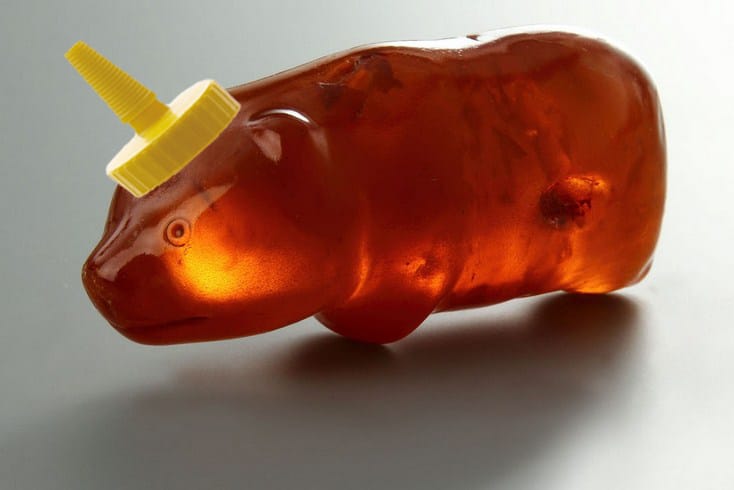Ancient Amber Bear Unearthed: A Glimpse into Stone Age Beliefs

A remarkable discovery from the Stone Age has resurfaced, capturing the attention of archaeologists and history enthusiasts alike. In 1887, workers excavating peat in Poland uncovered a unique carved amber bear, believed to have served as a protective charm. Named “Słupcio” by a Polish kindergartner, this artifact now resides at the National Museum in Szczecin, approximately 220 kilometers from its original find site.
Discovery of Gummy Bear
The Pomerania region, located on the southern shore of the Baltic Sea, has yielded significant archaeological findings from the Stone Age, despite the rarity of evidence from this period. Most inhabitants were hunters, making artifacts scarce. However, archaeologists have uncovered various tools, pottery, and weapons, alongside amber objects washed ashore. A recent study in 2023 by archaeologists Daniel Groß and Peter Vang Petersen revealed several amber bear statuettes from the Baltic Sea. These findings suggest that the artifacts date back to the Palaeolithic tradition, approximately 50,000 to 12,000 years ago, providing insight into the lives of early humans.
After World War II
As World War II drew to a close, Słupcio was among the ancient artifacts taken by German forces from Poland. The amber bear was subsequently housed in the Stralsund Museum in Germany until its return to Szczecin in 2009. During its time in Germany, experts referred to it as “Bernsteinbär,” or amber bear, and recognized its significance as a relic from an ancient era. Despite being discovered over a century ago, debates regarding the bear’s origins and age continue among scholars.
Appearance and Use
Today, the carved amber bear has become a local symbol, with replicas widely available as souvenirs. The statuette measures 10.2 centimeters in length and 4.2 centimeters in height, weighing 85 grams. A notable feature of the bear is a hole that runs through its trunk, indicating its use as a pendant. Ancient hunters likely tied a strap through this hole, allowing them to wear the bear around their necks or attach it to their waists or arms.
Ancient Times Perceptions
The existence of amber bears may further illustrate the Palaeolithic tradition of animal representation in cave art and portable objects. They also reflect a shift in hunting practices from reindeer in open tundras to elk and bears in forested areas. The unique properties of amber, including its translucence when polished and its fragrant scent when burned, contributed to its perception as a magical material, transforming it into a revered amulet during the Stone Age.
Observer Voice is the one stop site for National, International news, Sports, Editor’s Choice, Art/culture contents, Quotes and much more. We also cover historical contents. Historical contents includes World History, Indian History, and what happened today. The website also covers Entertainment across the India and World.

